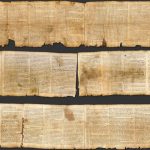Travelers, history explorers, architecture enthusiasts, and archaeologists have uncovered a spectacular 2,700-year-old Greek temple on the island of Evia filled with precious ritual artifacts and worship offerings. The 100-foot-long antique structure provides extraordinary insight into the intricate religious practices and belief customs that were vital central pillars in ancient Greek society at that time.
Temple Neighbors Famed Goddess Artemis Site
The newly discovered archaic temple directly borders the landmark site devoted to Artemis, the revered Greek goddess of the wilderness, hunting, animals, and fertility. Artemis was one of the most widely exalted and worshiped guardian deities across all of ancient Greece so this temple’s proximity shows it held great spiritual purpose.

Its location right next to Artemis’ grounds indicates that conducting religious rituals and tributes to the gods was likely a major activity done there by the Greeks who built the elaborate temple for that reason. The abundant offerings found inside, from valuable jewelry to mundane pottery fragments, demonstrate just how important routine ceremonial veneration customs were at the site.
Ash-Caked Altar Reveals Animal Sacrifices
Inside the aged temple sits a unique horseshoe-shaped stone altar that stands out for being coated in a dense, thick layer of ash residue suggesting recurring animal sacrifices and burnt offerings occurred at the very spot. mixed into the ash lie fragments of charred animal bone and remnants that provide firm evidence of such rituals taking place regularly in the temple.
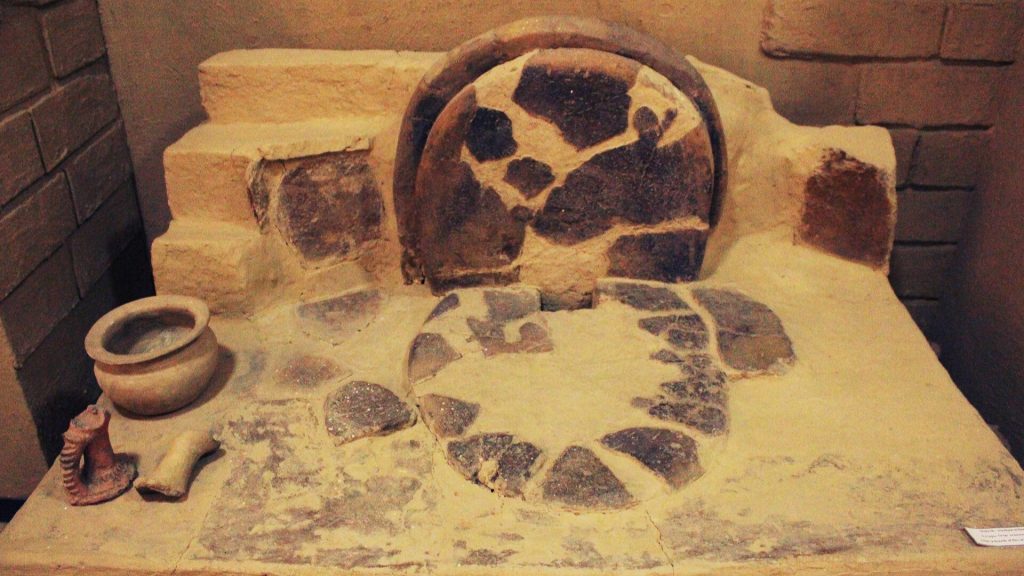
The prominent altar, while unusual in shape, provides remarkable clues into the ceremonial traditions of live adulations and commemorations that were routine sacred practices done by ancient Greeks as part of their worship of deities like Artemis. The remains of the sacrifice activity make clear that honoring gods was active there.
Treasures Abound Inside Temple Walls
Surrounding the ash-laden altar lie plentiful treasures like decorative alabaster stoneworks, handmade ritual jugs, vases, and other ceramic wares indicating frequent ritual tributes, and precious jewelry made of gold, silver, and semi-precious coral and amber that convey the importance of the site.
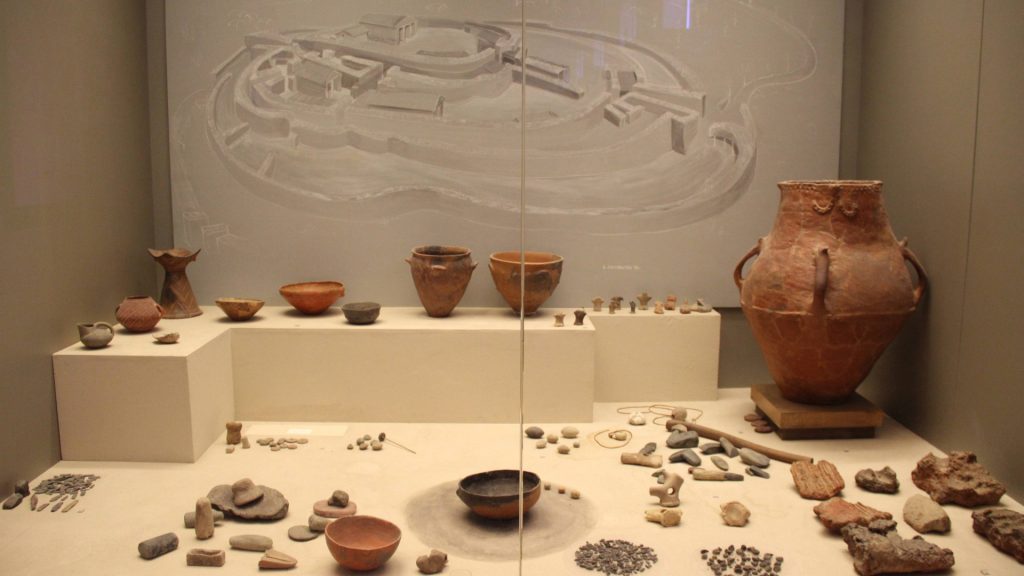
The rich diversity of meaningful offerings found speaks not just to how vital religious offering customs were in ancient Greek temple life but also to the artistic craftsmanship, metallurgy mastery, and aesthetic tastes that defined the culture during its apex at that time before much was documented in history books.
Relics Pre-Date Temple’s Existence
Intriguingly, while sifting through the assortment of offerings stacked upon the horseshoe altar, researchers found many ceramic pottery shards that predate the existing stone temple itself by hundreds of years based on dating analysis.
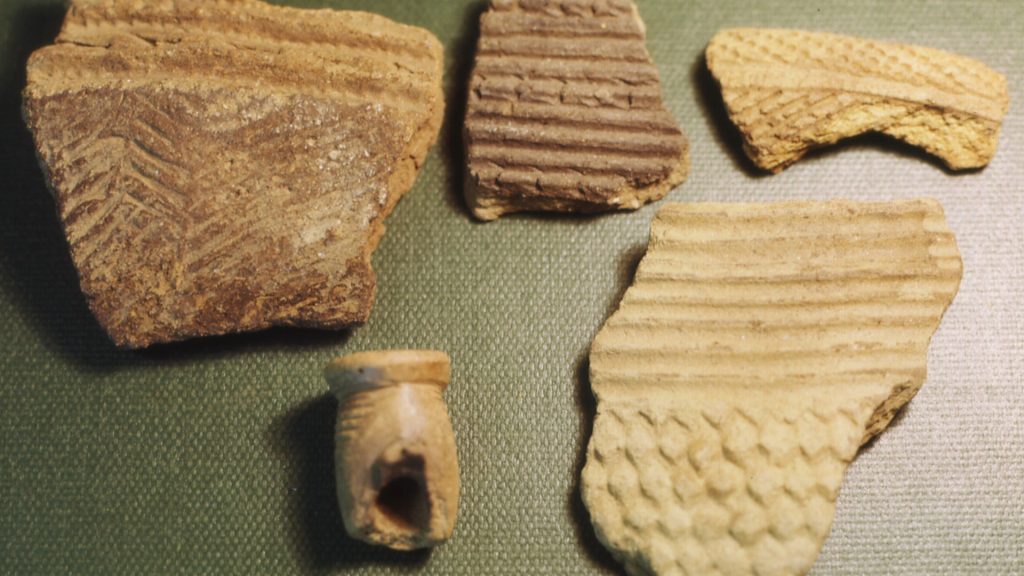
This revelation hints that the ritual horseshoe altar structure was originally erected and used centuries prior in older eras, mostly outdoors at first before eventually being incorporated into the architecture plan later on when the full stone brick temple was constructed around it as the site became an established holy ground
Temple Structure Showcases Greek Design
The orderly layout and format of the brick and stone architecture itself displays core hallmarks of quintessentially ancient Greek temple construction and aesthetic principles. The rectangular building features an array of stone brick-plastered pillars distributed methodically along the inner wall intended to support a slanted tiled roof overhead – a signature element in Grecian design. It also contains a characteristically monumental arched stone hallway allowing entry on its western side, signifying the temple’s main processional entry point
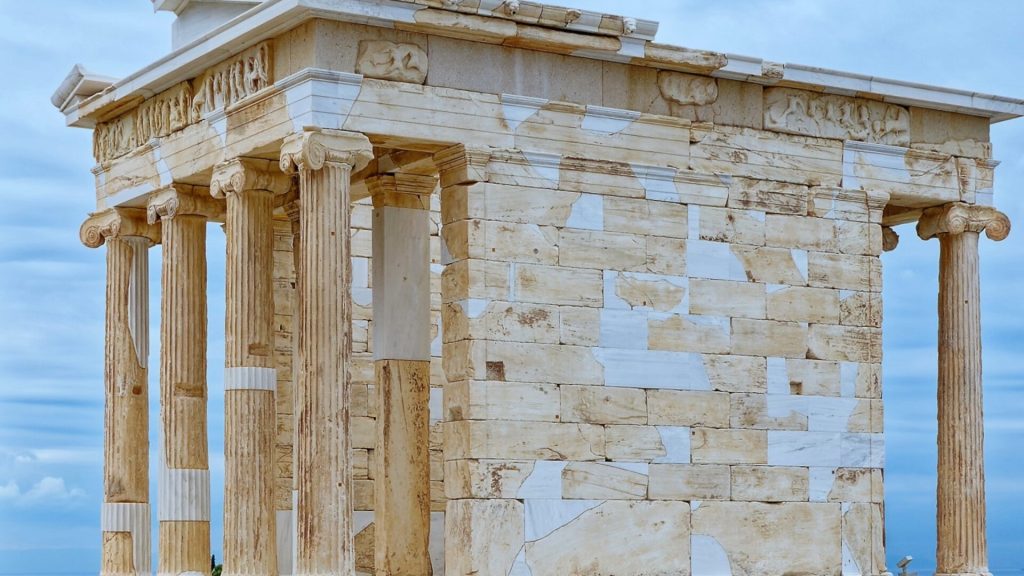
Everything about the structured format inherently demonstrates how ancient Greeks approached engineering sacred gathering spaces for collective worship and the architectural techniques they developed as a civilization to accomplish that using materials available
Swampy Site Required Special Foundation
The excavation dig showed that unusually, instead of traditionally digging trenches to embed the stone foundation directly into the ground itself, the ancient Greek builders opted to construct the temple foundation base on top of an elevated bed of tightly packed dry stones and gravel that raises it above ground level.
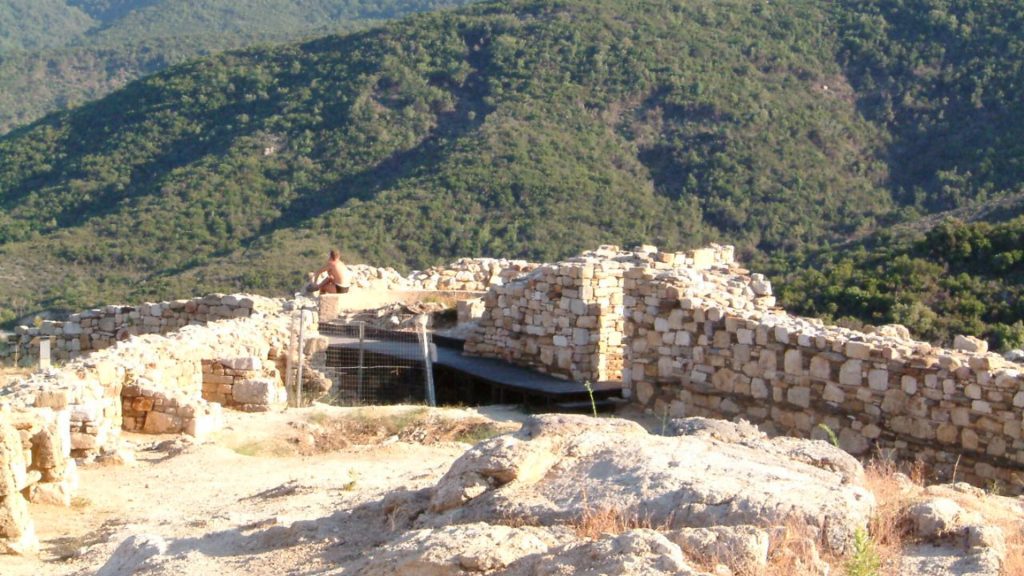
Archaeologists confirmed through geological coring samples that the surrounding terrain was marshy and frequently waterlogged during the era of construction over 2700 years ago. This revelation provides remarkable insight into how skilled and adaptive the ancient Greeks were at architectural planning innovations by showing they created an intentional, stable platform to structurally support the fully intact temple up above the soggy earth over two millennia.
Later Upgrades Hint at Past Temple Fire
In examining the phases of renovations and upgrades carried out over the lifespan of the temple before its eventual ruin, archaeologists determined that supplementary brick reinforcement efforts to strengthen the walls appear to have occurred around the 6th Century BC.

This clue, combined with patches of clearly burnt and blackened stones concentrated on one side of the central chamber lying underneath those newer walls, hints that a historically much earlier structure occupying that footprint catastrophically burnt down from a destructive fire.
Figurines Link Space to Animal Worship
In carefully exhuming the ground layers beneath the oldest foundational trench ruins dating before the extant temple itself, the team uncovered several small fired bronze figurines shaped like bulls and rams.
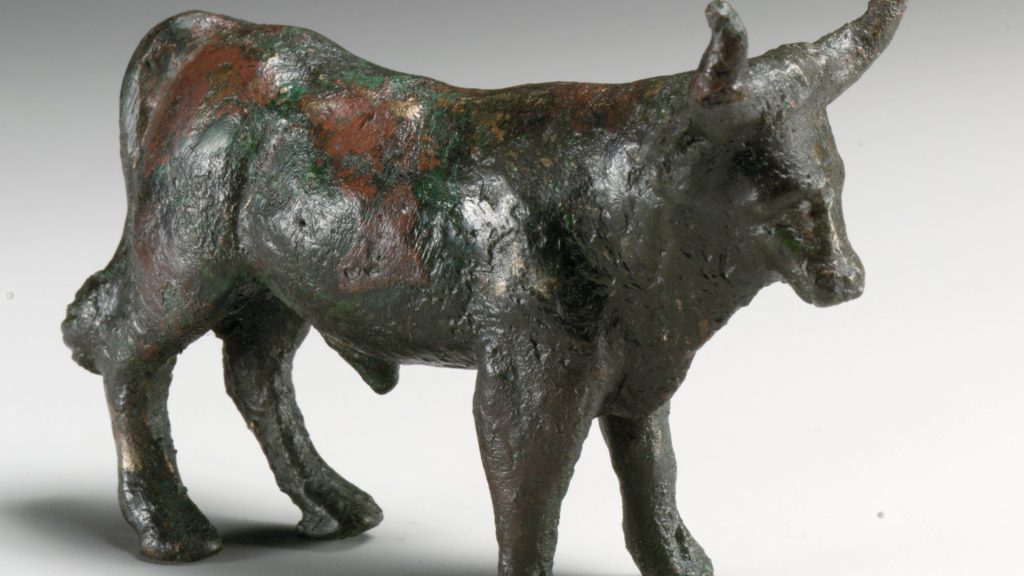
These symbolically meaningful statuettes strongly suggest that centuries before the stone temple was erected, outdoor animal exaltation and worship rituals were already actively occurring on a routine basis at the very spot where villagers congregated for generations drawn by the locale’s intangible magnetism. The figures serve as the earliest artifacts demonstrating the surprisingly deep roots of animal adulation customs that predated the structures found later at the meaningful.
Site Use Spans Over 3,000 Years
In fact, after compiling all evidence and carbon dating chronological analyses on artifacts collected from stratified excavation layers systematically documented across the site’s footprint, researchers determined that observable human use and activity at the specific grounds astonishingly spanned from Early Copper Age fortress ruins at the lowest levels to architectural remnants immediately predating the stone temple itself in the layer above dating to the 8th Century BC.
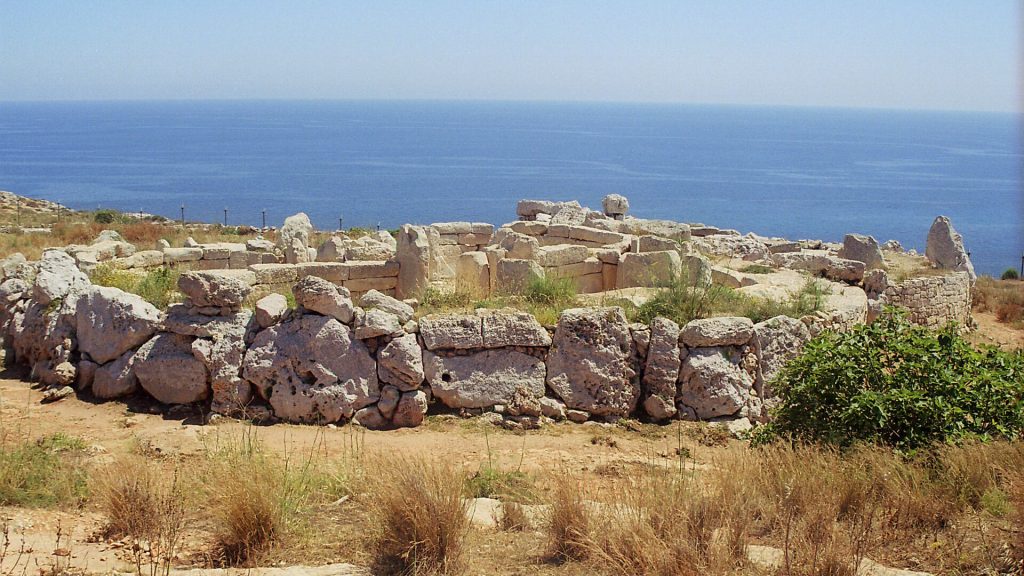
Considering the earliest fortress remnants date as far back as nearly 5000 years ago with the intact temple then not erected until around 700 BC before finally being abandoned by 400 BC, that adds up to an extraordinarily lengthy continuum of activity occurring at the site across different eras for over 3000 years combined.
Temple Gives Glimpse Into Greek Piety
In ancient Greek cultural history during its zenith around 500 BC, elaborate architecturally designed temples and sanctuaries devoted solely to practicing veneration traditions connected to their mythic deities and pantheon played an enormously pivotal public role as sacred gathering spaces.
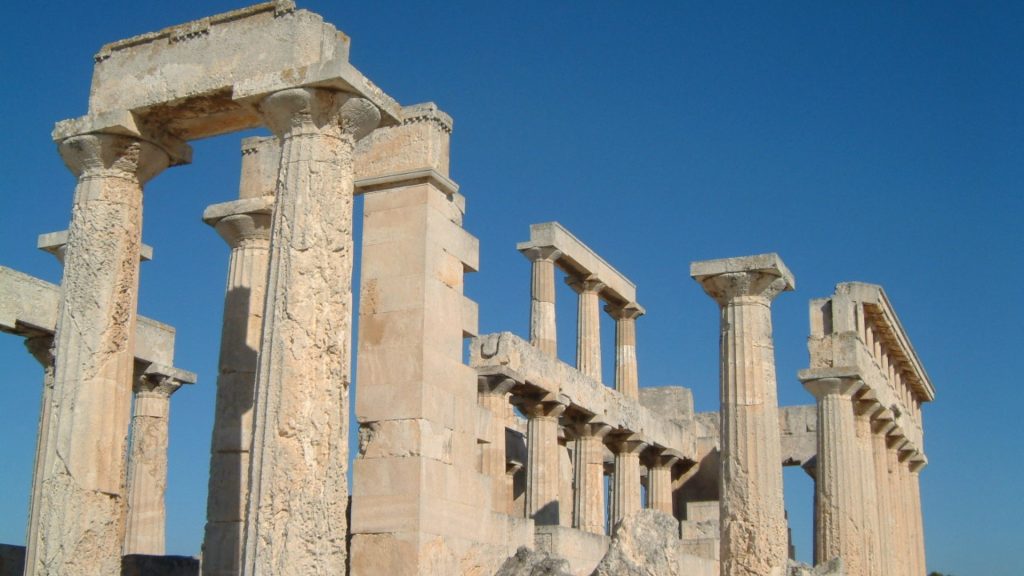
The artistry, precious offerings, and effort invested to construct ornate houses of worship like this newly uncovered complete structure encapsulate how spiritually paramount the structures were and what priority the Greeks placed on having grand venues to demonstrate collective piety by communally paying tribute to figures like Artemis through candlelit chant while marble statues of the goddess watched over the.
Ash and Bones Evidence Animal Sacrifice
While circumstantial clues hinted, the substantial thick ash layers blanketing the floor and horseshoe altar containing fragments of animal bone including teeth and horns provide the slam dunk explicit forensic proof that the routine practice of live animal sacrifices and subsequent burnt offerings to the gods was a central fixture of the veneration activities carried out by the Ancient Greeks using the temple space.
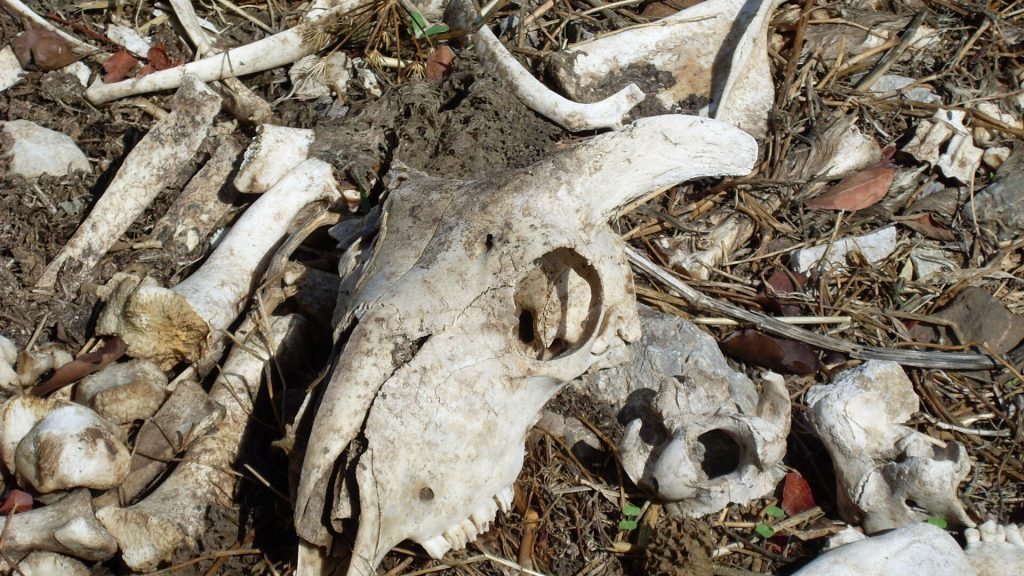
The visceral artifacts directly capture a gory practice that occurred so commonplace it coated surfaces as part of ancient Greek expressions of allegiance and gratitude towards figures like Artemis through attention-grabbing and dramatic flair upon officially sacred ground sanctioned for the spectacles.
Craftsmanship Represents Skill of Era
The ornately detailed craftsmanship prominently embodied in the diverse jewelry, emblem-adorned pottery, decorative bronze figurines, and other fine artisan creations found in the excavation offers a remarkable perspective into the artistic sophistication, advanced metallurgy mastery, and esteemed abilities of Ancient Greek craftworkers plying their trade at the thriving apex of their prosperous civilization spanning the Aegean.

By studying styles and techniques up close, the delicate artifacts give priceless firsthand insight into the apex of stylistic accomplishments and revered aesthetic tastes that came to define ancient Mediterranean culture for millennia. The skills on display built the foundations of art itself.
Central Gathering Locus Over Centuries
The remarkably extended six-century-long chronology of continuous activity definitively uncovered across the site’s layers makes exceedingly evident that through the eras, the locale remained an enduringly magnetic focal point gathering crowds for cultural and spiritual purposes even as leadership changed hands over time.

The proven enduring popularity speaks volumes to the grounds’ mystical aura and perception as a consistent collective hotspot ideal for hosting both routine rituals conducted by locals that unified communities as well as more irregular contentious politicized ceremonies attended by regional dignitaries arriving from ashore who struggled for influence.
Temple Encapsulates Pillars of Ancient Greek Life
This wondrously well-preserved ancient temple offers an authentic tangible portal reaching back through the millennia to reveal several captivating facets of what daily life and customs looked like during Ancient Greece’s

Representing a central artery symbolic of the period’s prosperous heartbeat itself that vigorously circulated ideas, treasures, animals, and people who flowed through the grounds for various intersecting purposes across vast periods – the site and structures embody a vibrant cross-sections of several pillars that propped up Greek society.


